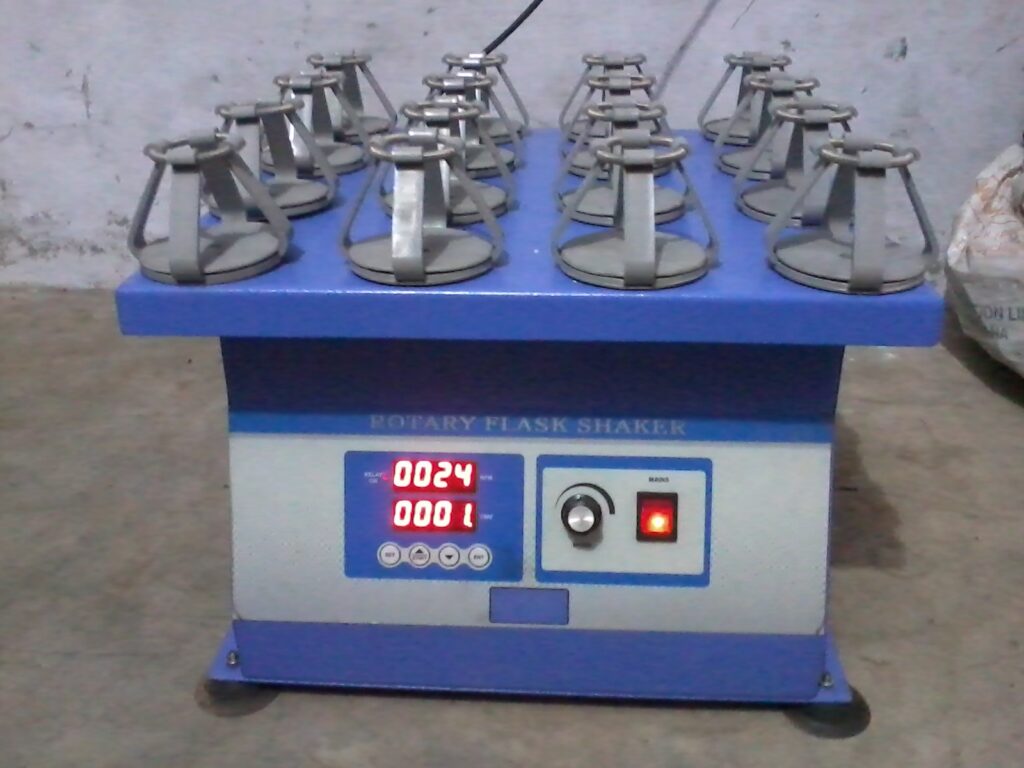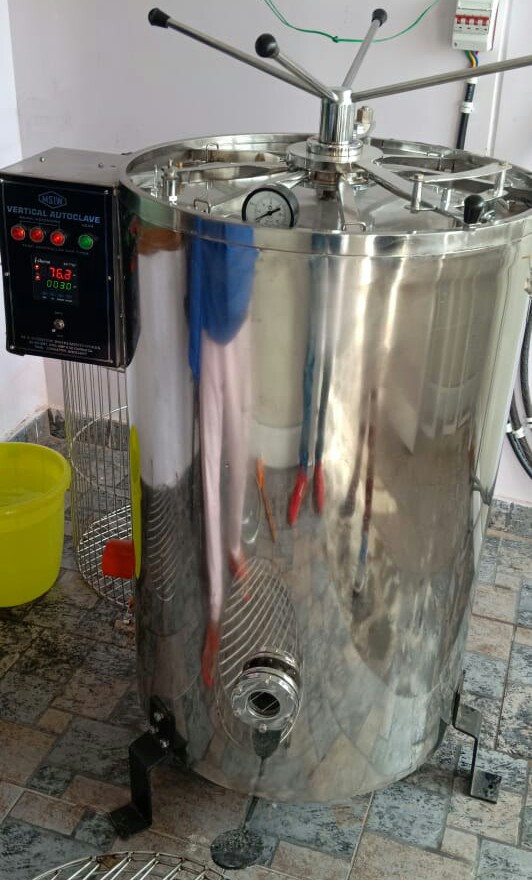BOD INCUBATOR

BOD INCUBATOR
B.O.D.orLowTemperature Incubators arecommonly used forapplicationssuch asB.O.D.(BiologicalOxygen Demand) Determinations, Plant and Insect Studies, Fermentation Studies, Bacterial Culturing and MycologyStudies.BODincubatoristhemostversatile and reliable low temperature incubator which is designedtomaintainat2o·c,necessaryforBiological Oxygen Demand/BiochemicalOxygenDemand (BOD) determination. BOD incubators provide controlled temperature conditions for accelerated tests and exposures
DEEP FREEZER

We offer enhanced deep freeze storage for products which preservest heir all-round freshness and quality. Available across a wide range of specifications, our specialized Deep Freezers can reach temperatures upto -86°C.TheseDeepFreezersare highly insulated to ensure efficiency, even in The most demanding environments. Our solutions are built of over 4 decades of experience and engineered for versatility.
DIGITAL VERNIER CALLIPER
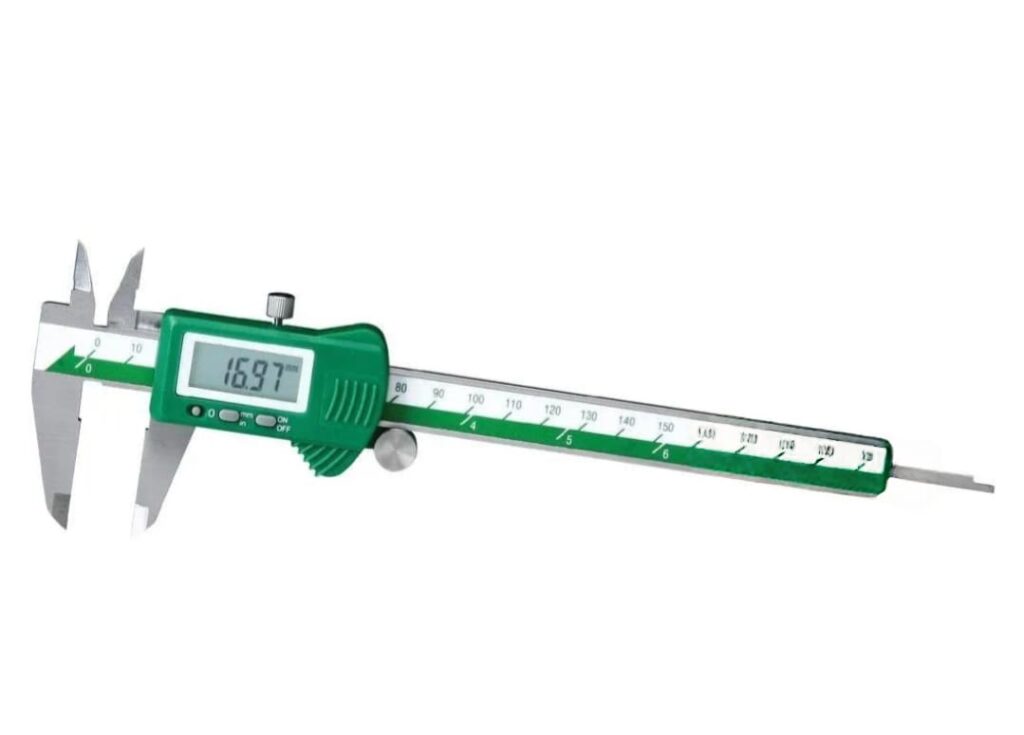
| ModelName/Number | 1112-150 |
| Brand | tsl |
| Material | StainlessSteel |
| Display Type | Digital |
| Type | Digital |
| Range | 0-150mm |
| Resolution | 0.01mm |
| LCDDisplay | 8mm |
INCUBATOR BACTERIOLOGICAL
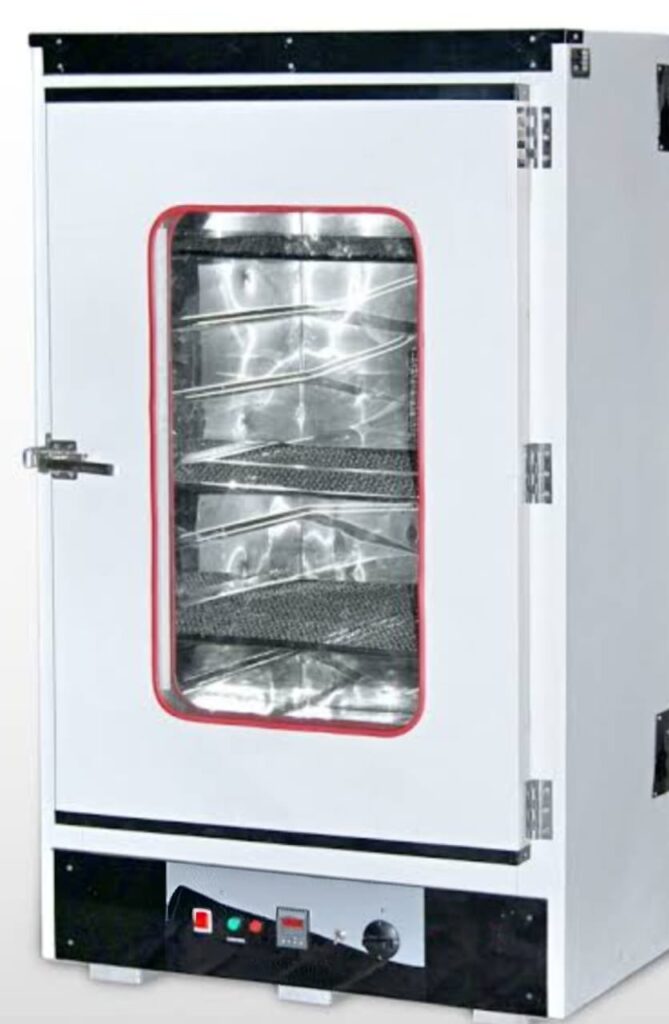
APPLICATIONS
Forced convection system ensures good mixing, strong dispersion and maintains higher temperature uniformity inside the chamber.
Most ideal for various experiments in microbiology, cell cultivation of animals and plants and food for various laboratories, industries, R & D labs etc.
Synthetic door gasket made of neoprene on the double walled door.
Adjustable two ventilation slides control inner air/ vapour circulation.
User oriented design of shelves makes you adjust each space of shelves without difficulty.
Beaded heating elements are placed in ribs, at bottom and sides for uniform heat distribution.
CONSTRUCTIONAL FEATURES:wder coated.
Inner chamber and perforated trays made of Stainless Steel (SS-304)
Space between inner chamber and outer wall is filled with high grade mineral wool for minimal heat dissipation.
Bigger sized units mounted on caster wheels for easy portability.
Door fitted with heavy duty hinges and door handle ensuring there are no leakages through the door gasket.
Flame Photometer

It is a microcontroller-based unit desig ned to provide automation in operation measurements and end-result present ation.lt can do the estimation of Sodium (Na), Potassium (K) Lithium(L), Calcium
(Ca)andBarium (Bajin single aspiration oła sample. For user’s convenience, the unit offers bep measuring mode
Standard method
Medical method.
The later provides an automatie curve fitting for corrections omon-linear envisa ion characteristics ofelement at higher concentrations.
Frequently used measurement setups can be stored once and necalled whenes er required. This eliminates the typical chores of Instructions required to be given to a microcontroller-based instrument before It starts the operation.
An alphanumeric Graphics LCD readout (240x 120 Dotiis used to provide adeg uate user interface and full presentation offinal resultsobtained. A Centronix pri nter port for Epson compatible Dot Matrix/Inkjet printer is also provided Hard copy of results can be printedfor individual sample batch samples stored in th e memory ofthe unit (500 max), on a dot matrix printer(optional) A.compact optics, based around special narrow band optical Saers, and a highl sensitivity Si photodiode combine together to provide high degree ofacceptance ofthe selected element with strong election for the others present in the sample.
An air compressor supplied with built-in air regulator and ale Elher ensures sta ble and moisture/oil free air supply LPG is used as fuel gas.
SALIENT FEATURES
Microcontroller controlled automation for ease ofoperation
Determination up-to five elements with singleaspiration (NaKiiCa alla)
Unit of measurement “ppm” and “meq/”
Sultable for medical and industrial analysis
Calibration standard up-to five point
Auto Ignition
Gas leak sensor
Auto Gas cut-off
Password protection
Separate login for Administrator and Guest
Data processing with linear mode or quadraticcurve fitting
MAGNETIC STIRRERS
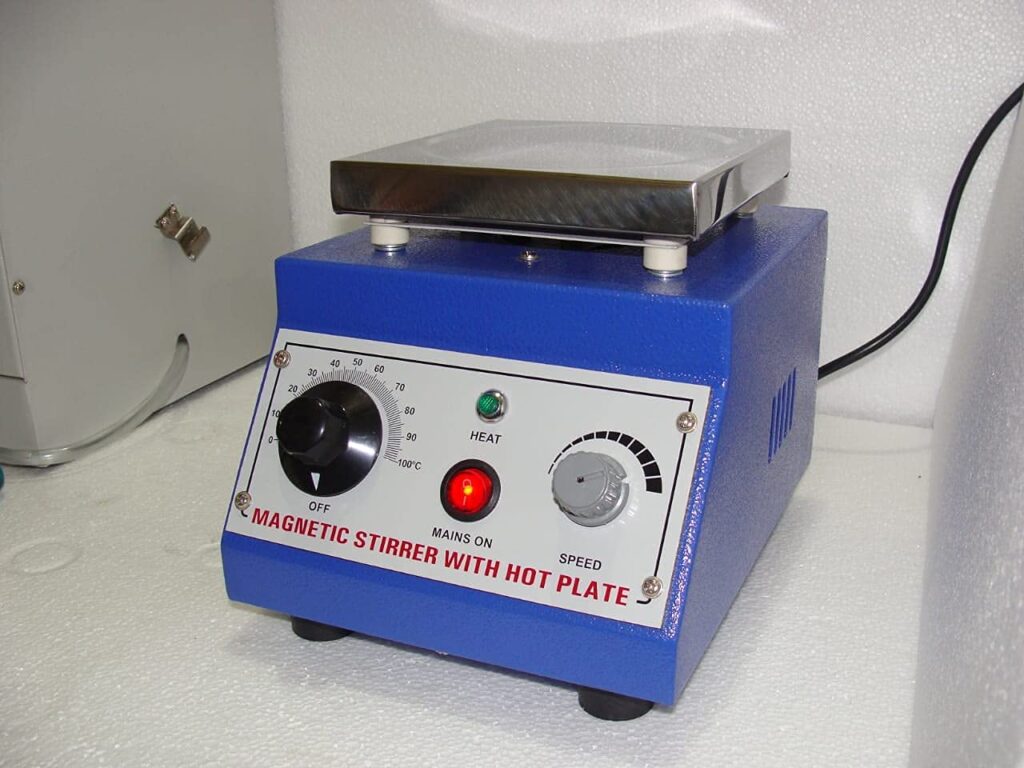
APPLICATION
GMP MODEL: Full body and top made of stainless steel.
It has complete body & top platform made of Stainless Steel.
A heavy duty PMDC motor imparts a higher initial torque for smooth and vibration free start at lower speeds as well
as at higher speeds. Variable Speed of upto 1200 RPM is controlled through a stepless speed controller.
For heated magnetic stirrers the electrical/heat energy is controller through a simmerstat.
To work on 220/230 Volts AC Supply.
MUFFLE FURNACE

The unit is specially designed to meet the requirements of high Temperature. The basic unit is made of S.S, reinforced with iron angles duly powder coated Paint. The chamber made of ceramic Zirconium Board and elements are placed Horizontally in the chamber. Heating is done by silicon carbide Rods duly Controlled by accurate step down transformer (Air cooled).
The furnace Has outstanding Temperature reliability and has large surface. Thermal Efficiency and power consumption. Control panel is fitted with Digital Temperature Indicator cum Controller. & provided separately Having Ammeter and Volt Meter etc. temp range 1400 °C & Temp Accuracy 1 DegC To work on 220 volts Single Phase AC supply.
APPLICATION
Triple walled with outer casing and inner wall made of double walled thick P.C.R.C. sheet, duly painted.
Heating elements are made of KANTHAL wire backed by cerwool insulation.
A viewing cap is also provided on the door.
With the distinguished Autotune Digital PID controller, it provides precise control of temperature.
Available in three different working ranges with maximum working temperature range upto 11500C.
Light weight with ceramic fibre wool insulation.
KEY FEATURES
Inner made of Stainless Steel and outer made of(mild steel) Electro galvanized steel Duly Powder Coated Sheet enamel painted.
Drain Valve facilitates easy cleaning of the chamber.
Gasket is made of neoprene.
All internal joints are argon arc welded.
Piezostat (Pressure Control Switch & Low water Level Cut Off system for general safety of the element are available at an
extra cost. (OPTION)
Operating range from 15psi to 20 psi pressure
Heaters cover stand and bucket are made of Stainless Steel Sheet.
Lid is made of Electro galvanized steel Duly Powder Coated plate lined with stainless steel from inside
Supporting Ring & Legs are made of Electro galvanized steel Duly Powder Coated duly enamel painted.
Lid is fitted with Pressure Gauge, Spring Loaded Safety Valve, Manual Exhaust Valve and water level indicator.
DIGITAL HOT AIR OVEN

The Hot Air Oven is ergonomically designed with latest German Technology for guaranteed performance. The Equipment has a user friendly, head-up Control panel for convenience and ease in operations. The Inner Chamber is made up of triple walled special grade stainless steel. Two perforated Stainless Steel shelves are provided for keeping the samples. The inner walls are made of Stainless Steel and outer walls of mild steel PCRC sheet, duly powder coated. The forced air circulation system, with a horizontal blower, keeps the temperature in the inner chamber uniform and consistent. The Temperature Range is from ambient to 250°C with an accuracy of ± 1° C. It has 2 special Heaters of 750 watts each. The Heaters are made of high-quality chrome wire and finest ceramic Beads. The Heaters are duly placed in, specially fabricated deep drawn ribs, in the Inner Stainless Steel Chamber, for uniform Temperature in the Oven. The insulated Door is fixed with toughened Glass view panel, so that the sample inside can be viewed without disturbing the Temperature. The complete circuitry is on the top, with a special cooling Fan, to let the Oven run continuously for unusually longer hours. A specially fabricated door with specially designed handle keeps the inside temperature completely stable. The specially fabricated footrest keeps the whole oven in correct equilibrium. The equipment adheres to CE requirements as a special MCB is provided at the back to protect the unit from sudden (high or low) Voltage fluctuations. The unit is fixed with Caution and other stickers, as per International Safety norms.
Microprocessor based programmable Temperature –
Our digital Controllers offer high speed, high precision, and multiple I/O and use a 5-digit, 3-row LCD display for high visual clarity. A short sampling period of 50 ms enables use in applications requiring high-speed response. PV, SP, and MV data is displayed simultaneously in a 3-row, negative LCD display with a backlight. Multi-loop control, cascade control, and proportional control are possible with a single Controller. When using models with communications functions, initial settings can be downloaded and settings can be masked using Support Software (Thermo Tools). Equipped with calculation functions as a Standard (e.g., square root calculation and broken tine approximation).
AUOTOCLAVE

Autoclaves are important devices to ensure the sterilization of materials containing water as they cannot be sterilized by dry heat sterilization. Besides, autoclaves are used for various other purposes.
They are specifically used to decontaminate biological waste and sterilize media, and instruments.
In medical labs, autoclaves are used to sterilize medical equipment, glassware, surgical equipment, and medical wastes.
Regulated medical waste which may contain bacteria, viruses, and other biological materials is to be inactivated by autoclaving before disposal.
Similarly, autoclaves are used for the sterilization of culture media, plastic tubes, and pipette tips.
BOD Incubator

A BOD (Biochemical Oxygen Demand) incubator is a specialized laboratory equipment used to measure the oxygen demand of water samples, particularly in water purification and wastewater treatment studies. It provides a controlled environment, typically maintaining a temperature between 20–25°C and humidity above 90%, for microorganisms to decompose organic matter in the water sample. The amount of oxygen consumed during this decomposition process is then measured, providing a measure of the organic pollution level.
Here’s a more detailed explanation:
How it works:The sample is placed in an air-tight bottle, which is then incubated in the BOD incubator under specific conditions for a set period (usually 5 days). Dissolved oxygen levels are measured before and after incubation, and the difference is used to calculate the BOD.
Purpose:The primary function of a BOD incubator is to determine the Biochemical Oxygen Demand (BOD) of a water sample.
Principle:The BOD test measures the amount of oxygen consumed by microorganisms while they decompose organic matter in a water sample.
Controlled Environment:The incubator maintains specific temperature and humidity levels to facilitate the biological decomposition process.
Applications:BOD incubators are used in various fields, including environmental engineering, wastewater treatment, and research to assess the quality of water and its potential for pollution.
Humidity Test Chamber
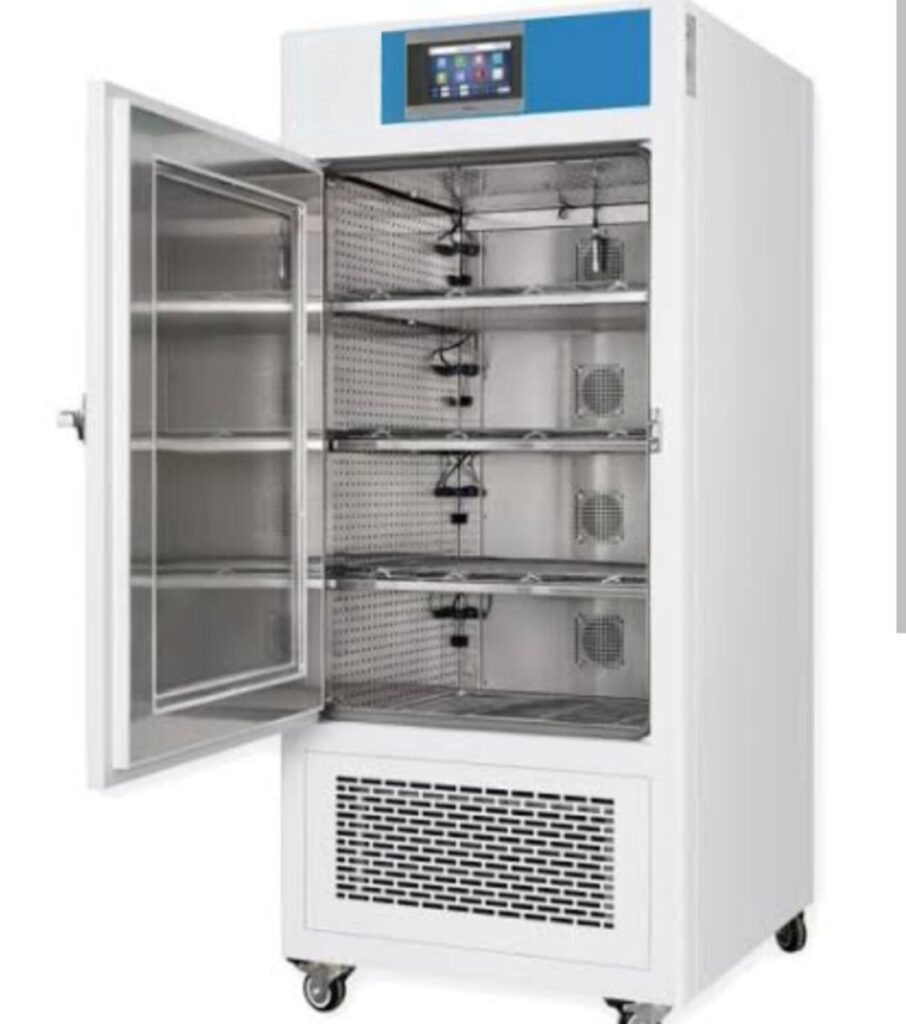
emperature Humidity Test chamber are widely used in testing various types of materials for their tolerances of heat, cold, dry and humidity. It is applicable for quality inspection for all types of electronic products, electric appliance, and products from communication ,instruction , automobile, plastic, metal, food, chemical, building materials, medical and aerospace industries. Unique shape with high performance material, whether you’re testing aerospace products, electronic instrumentation, materials, electrical and electronic products and various electronic components, our High low alternating temp. humidity test chamber can give you a perfect solution. It ables to simulate a wide range of temperature and humidity environments, that temperatures ranging from -70°C to +150°C,and humidity range is from 10% to 98% RH. KOMEG can also offer you best solutions based on your own requirements.
Oven

Laboratory Ovens
Laboratory ovens are standard equipment found in most clinical, forensic, electronics, material processing, and, research laboratories. Laboratory ovens provide uniform temperature and precise temperature control for heating, baking, evaporating, sterilizing and other industrial laboratory functions.
Oven temperature ranges from ambient to above 300°C.
Types of Laboratory Ovens
Standard Digital Ovens – Built for the heating and drying process, offering temperature accuracy control and safety.
Heavy Duty Ovens – Typically used in industrial applications for soils/aggregate testing and drying biological samples.
High-Temperature Ovens – Custom built ovens with temperatures upwards of 500°C. Additional insulation lining the oven walls and doors.
Vacuum Ovens – Also called drying ovens are used to remove moisture from objects without cooking them. Heat is produced from the side walls and requires an external vacuum pump to provide a low-pressure environment which minimizes oxidation during drying.
Forced Air Convection Ovens – Also called mechanical convection ovens, With the help of a blower fan, warm air is pushed around the oven chamber. This creates a uniform distribution of warm air and provides rapid heat up and recovery time. Something to note, convection heating can cause excessive drying due to the force of the fan. See diagram below.
Gravity Convection Ovens – Hot air naturally rises when it expands and become less dense than the air around it. These ovens provide a low-cost alternative to forced convection ovens. See diagram below.
Water Bath

Water bath provides precise temperature control along with stirring mixture function to create a stable
temperature environment for a variety of applications. Easy to use and maintain, seamless stainless steel chamber with
available with a digital operating system.
Used in Clinical, General Chemistry, Preservation, Reactions of sample, DNA amplification, Initial Denaturation of
electrophoresis, Laboratory.
Also known as Digital Heating Block, Laboratory Mini Dry Bath Incubator.
Fume Hood

What is a Laboratory Fume Hood?
A fume hood, also known as a fume cabinet, is a form of ventilation equipment used in laboratories to reduce exposure to poisonous or dangerous fumes, gases, dust, and vapours.In a laboratory for conducting chemical processes, a laboratory fume hood is the single most important element. A fume hood, also known as a lab hood or a chemical hood, shields workers from dangerous compounds they might inhale. The sash, a transparent movable screen on a fume hood, protects employees from splashes and spills that could happen inside the laboratory fume hood. The mainstay of laboratory exhaust systems, fume hoods are the most used method for local ventilation. Swastik is a leading laboratory fume hood manufacturer in India. We offer a wide variety of fume hoods for your labs, so whether you need one for research and development, quality control, education, or outside testing, we make all type of fume hoods available.
How does a Laboratory Fume Hood works?
When using a fume hood, air is drawn into the chamber with the help of a blower from away from the user. The facility exhaust system is used by the fume hood to cleanse the air before venting it outside. An alternative is to use a laboratory fume hood to filter the air, get rid of any harmful fumes, and then circulate the air inside the space. Most laboratory fume hoods have gauges or sirens that can alert the user to inadequate airflow and the possibility of being exposed to dangerous vapours.
Sieve Shaker

Accuracy & Efficiency
easy operation, ergonomic design
NEW: digital display of performance and time
suitable for dry and wet sieving
excellent separation efficiency even with short sieving times
efficient electromagnetic drive
3-D throwing motion which ensures optimum use of the open sieve area and lets the sample move equally over the whole sieving surface
sieve stack up to 510 mm height
free adjustment of all process parameters (time, performance)
optional comfort clamping device
optional evaluation software EasySieve
maintenance-free
Colony Counter
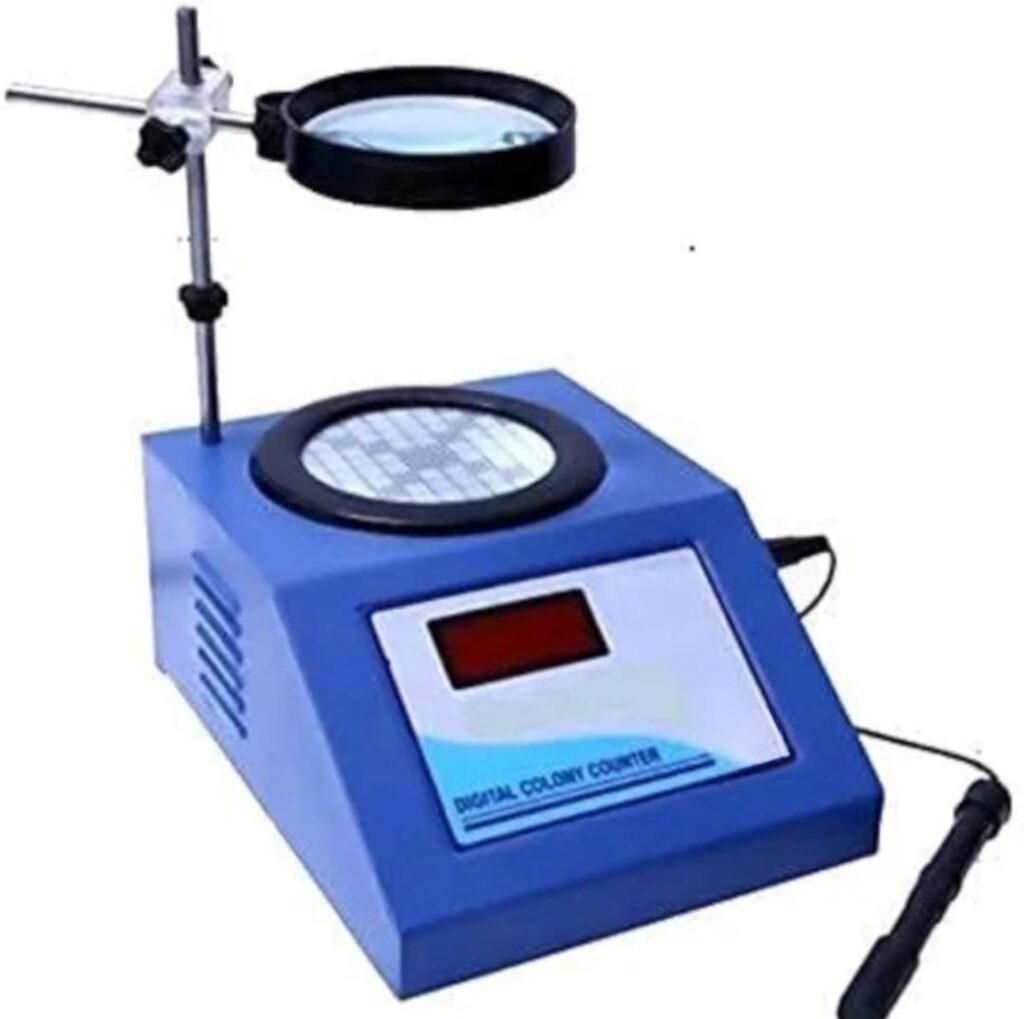
A colony counter is a device that is frequently used to count bacterial or other microorganism colonies on a plate that contains a gelled growth medium.
Microbiologists have to tackle the daunting task of counting colonies, which can occasionally be undersized and obscured by the unique color of the cultural media or the enumeration process itself. Thus, everyday routines require a better and more effective method of optimizing procedures.
A colony forming unit or CFU is a precise measurement to determine how many bacterial or mycelial cells are present in a given sample. Thus, the colony counting approach monitors viable CFUs, which can still reproduce via a process like binary fission under carefully monitored settings.
Industrial Furnance

are used in metallurgical production for smelting at high temperatures, in heat treatment, tempering, in some areas such as the food industry, for drying, and for fermentation at low temperatures. The metal industry has a significant share in total industrial energy consumption. These furnaces are used in high-temperature zones:•
enamel cooking: 600°C to 1100°C•
heat treatment of metals: 1100°C•
rolling, extrusion, cooking of ceramic materials, heat treatment, and pressing: 1350°C•
melting and smelting of metals: 1700°C [1]
Furnaces should be operated with minimal fuel and maintenance whereas the design of the furnace should allow for maximum heat transfer to the material in a defined time. To ensure these conditions, these criteria should be considered:•
how much heat will be transferred to the material•
the heat necessary to heat the mass, and the loss
Jar Test Apparatus

Jar Test Apparatusis manufactured using superior quality materials and using sophisticated and advanced machinery. These are available in various specifications and can be custom made as per the demands of the clients. We offer these to our clients at reasonable prices in the market.
These are used to conduct a relative study about the performance of various chemicals in water and chemicals and to conduct jar tests to evaluate coagulants and flocculants. These are durable and extend high-level performance for a long period of time.
Gel Documentation
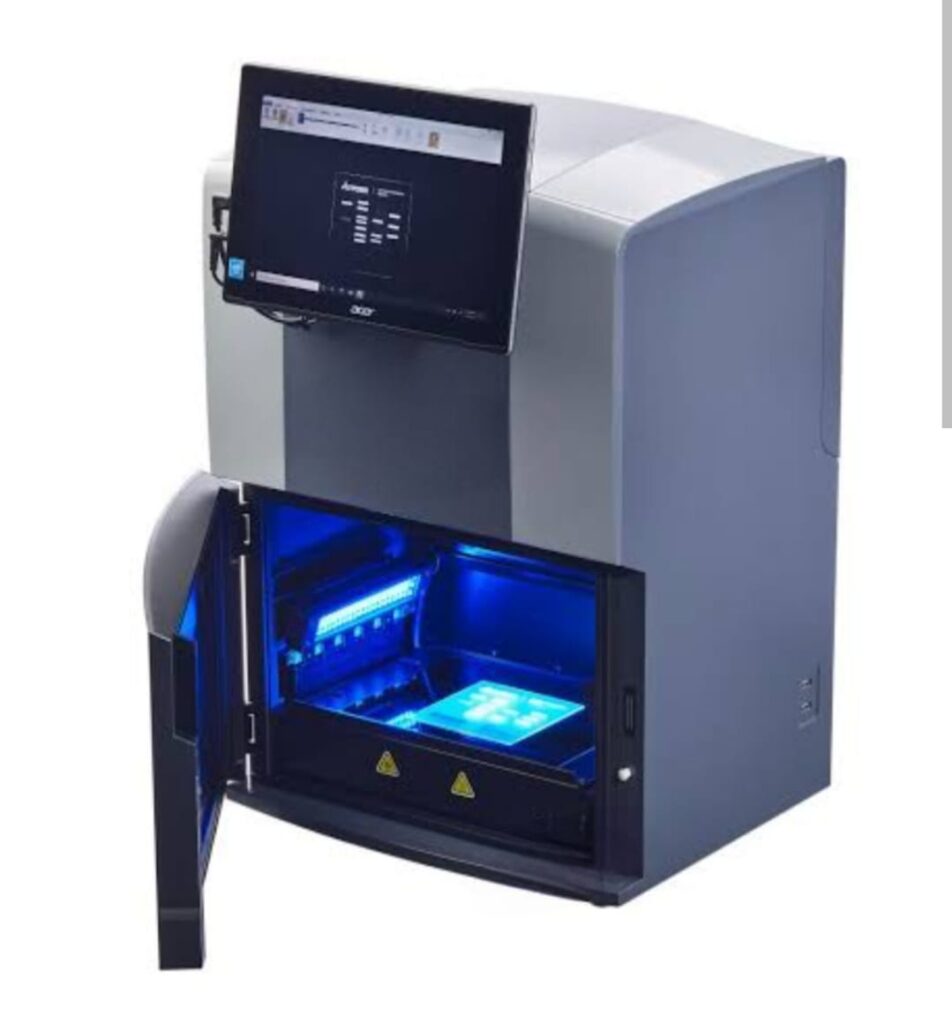
Nucleic acid and protein gels are a fundamental part of lab life. Gel documentation is a method used to record and measure labeled nucleic acid and protein in various types of media, like acrylamide, agarose, or cellulose. DNA or RNA is usually stained by ethidium bromide, which intercalates into the nucleic acids and can be visualized with UV light.
Examples of dyes that can imaged using blue light: SYBR® Safe, SYBR® Gold, SYBR® Green. These are safer dyes for staining DNA that are growing in popularity.
Spectrophotometer
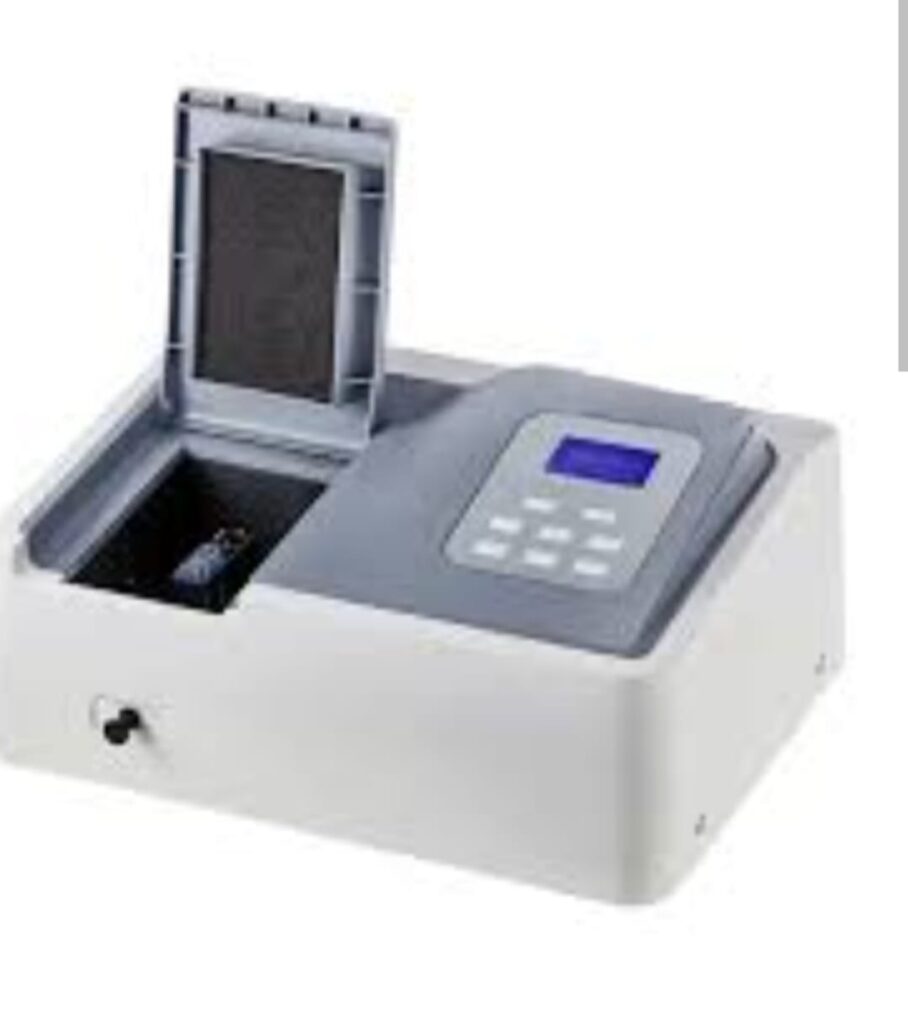
Ultraviolet-visible-near-infrared (UV-Vis-NIR) spectrophotometers are powerful tools used in analytics. UV-Vis-NIR spectroscopy measures the amount of light transmitted or reflected when a sample is irradiated with light. From these data, we can obtain information such as concentration, color, and optical characteristics.
Versatile, non-destructive, and cost-effective, this technique delivers high accuracy and precise measurement. Further to this, UV-Vis-NIR spectrophotometers are able to analyze liquids, solids and thin films with minimal sample preparation. This is why UV-Vis-NIR spectrophotometers are frequently used across a wide range of industries including pharmaceuticals, environmental science, food safety, and materials research.
pH Meter

PH METER
The pH scale typically ranges from 0 to 14. According to the Nernst equation pH values are affected by temperature,
hence the temperature compensation is a vital function of any pH Meter to ensure accurate pH measurement
We offers both analog and digital in-line pH sensors that are designed to measure accurately under harsh process conditions, in pure water and withstand high-temperature cleaning and sterilization. In-line pH probes with Intelligent Sensor Management (ISM) offer predictive diagnostics that help reduce maintenance efforts and ensure uptime for your in-line pH measurements.
TDS Meter
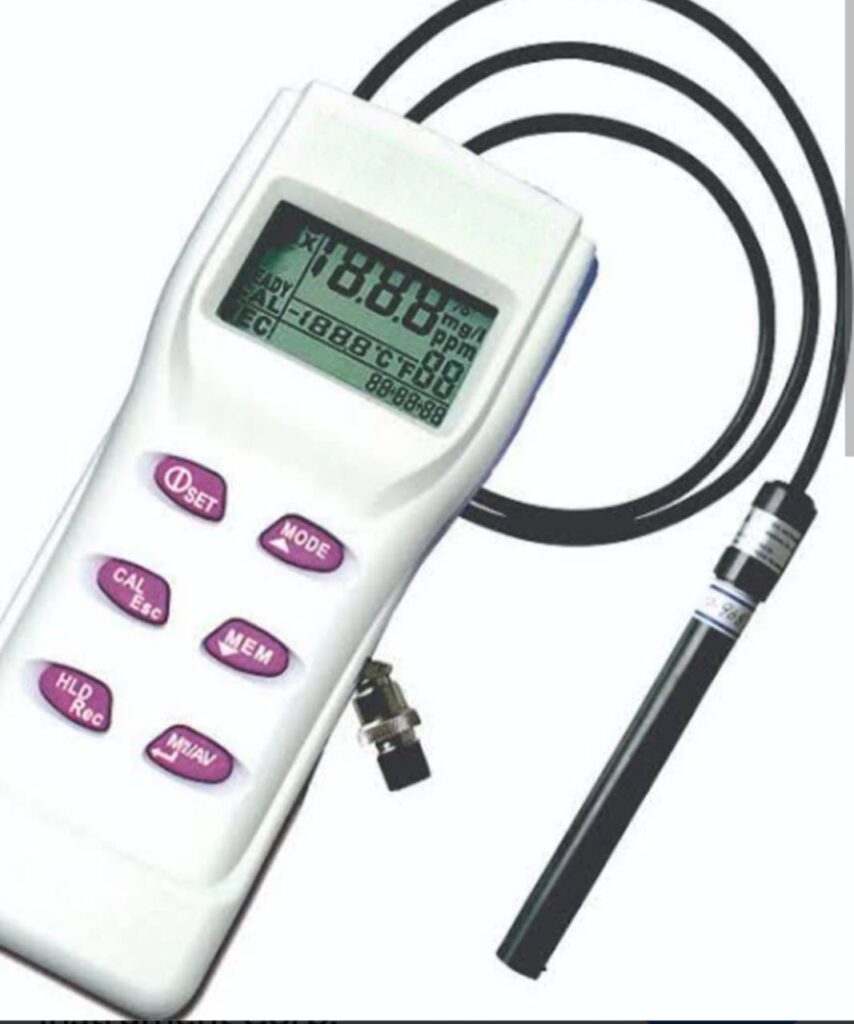
TSL’s TDS meter is a small, compact, handheld device used to indicate the Total Dissolved Solids or TDS in a solution, usually water.
Since dissolved ionised solids, such as salts and minerals, increase the conductivity of a solution, the meter measures the conductivity of the solution and estimates the TDS from that reading.
Just immerse the meter into the water/solution up to the maximum immersion level (2”). Wait till the display stabilises, The TDS meter automatically compensates for temperature variations. Press the hold button to save reading.
APPLICATIONS:
Checking for Hard Water: High TDS water has high levels of magnesium and calcium and is known as hard water. Hard water gets collected in pipes and may lead to expensive replacement of pipes and reduced lifetime of home appliances.
Checking Drinking Water Quality: Water with very low TDS will have flat taste and lacks in minerals. Water with high TDS is unsafe due to contamination and should not be used for drinking. TDS measurement helps in maintaining water with right TDS for cooking as well as drinking.
Checking Water Quality for Flowers and plants: TDS measurement helps in making sure that you water vegetable and flowers plants with water having the appropriate nutrients.
Checking Tap Water Quality: Helps to decide on the appropriate water purifier for your needs and can help avoid unnecessary expenditure.
Checking Filtered Water Quality: Helps check water output from the purifier or filter so that you know when to replace the purifier or change its parts.
Checking Aquarium Water Quality: Helps maintain proper TDS level of water in your fish tanks and aquariums similar to natural habitats.
DO Meter
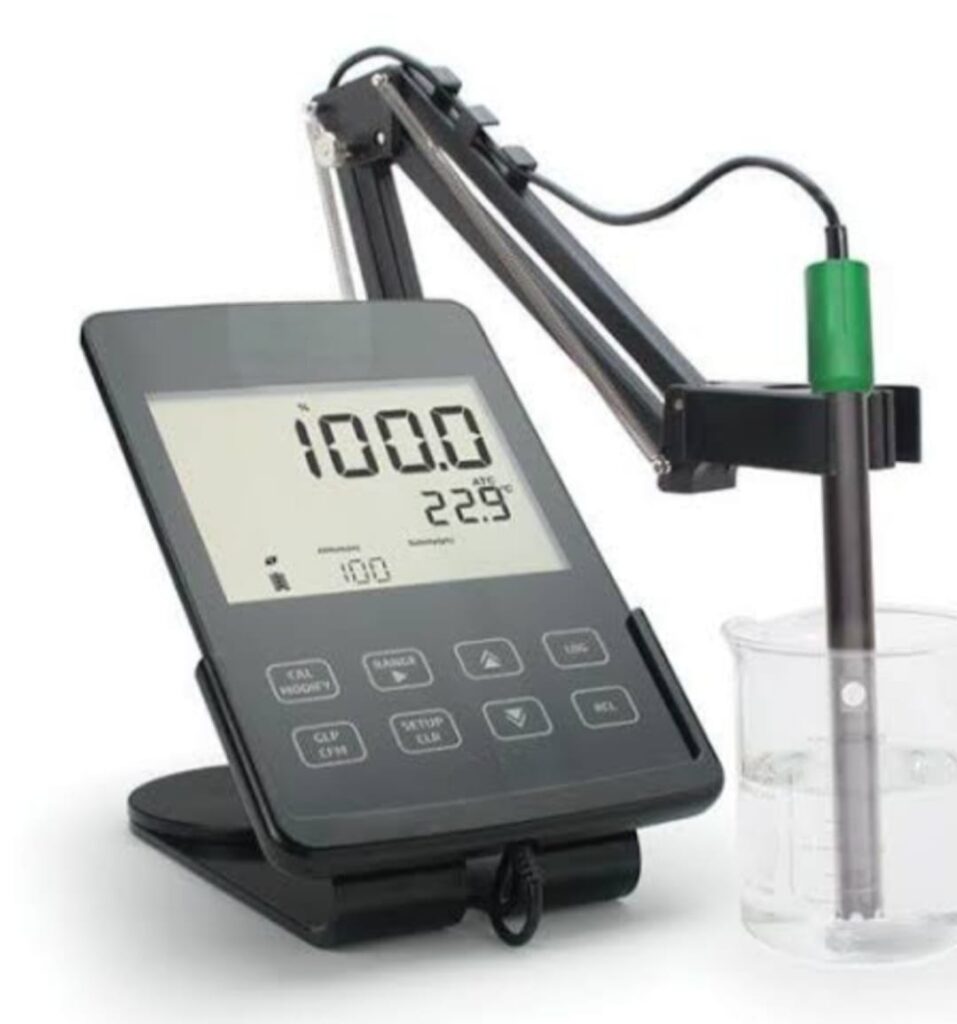
These precise dissolved oxygen meters aren’t affected by other dissolved gases. Whether for portable at-line use from process lines, tanks, kegs, or casks during the production process, or as a stand-alone version for the laboratory, they’re indispensable for precise beverage analysis of beer, wine, juices and soft drinks, and water. Combining them with our PFD filling device lets you take the sample directly from the package without losing dissolved O2 during the sample transfer.
- High-resolution optochemical O2 sensor achieves a repeatability standard deviation of ±2 ppb or ±20 ppb
- Unaffected by other dissolved gases
- O2 results in only 50 seconds
- PFD filling device transfers sample from the package into the measuring chamber without any loss of O2
- 150 mL of sample volume needed for reliable O2 results, even out of very small packages
ORP Meter Pipette Single channel

single channel pipette is a handheld mechanical instrument used in many life science laboratories. Single channel pipettes accurately transfer small to medium volumes of liquids (typically 1 µL to 20 mL) through individual tips. Rainin single channel pipettes are highly accurate, extremely tough and come with autoclavable liquid ends.
Multi Channel ( Manual , Automatic) TOC Analyzer Lab and Online system
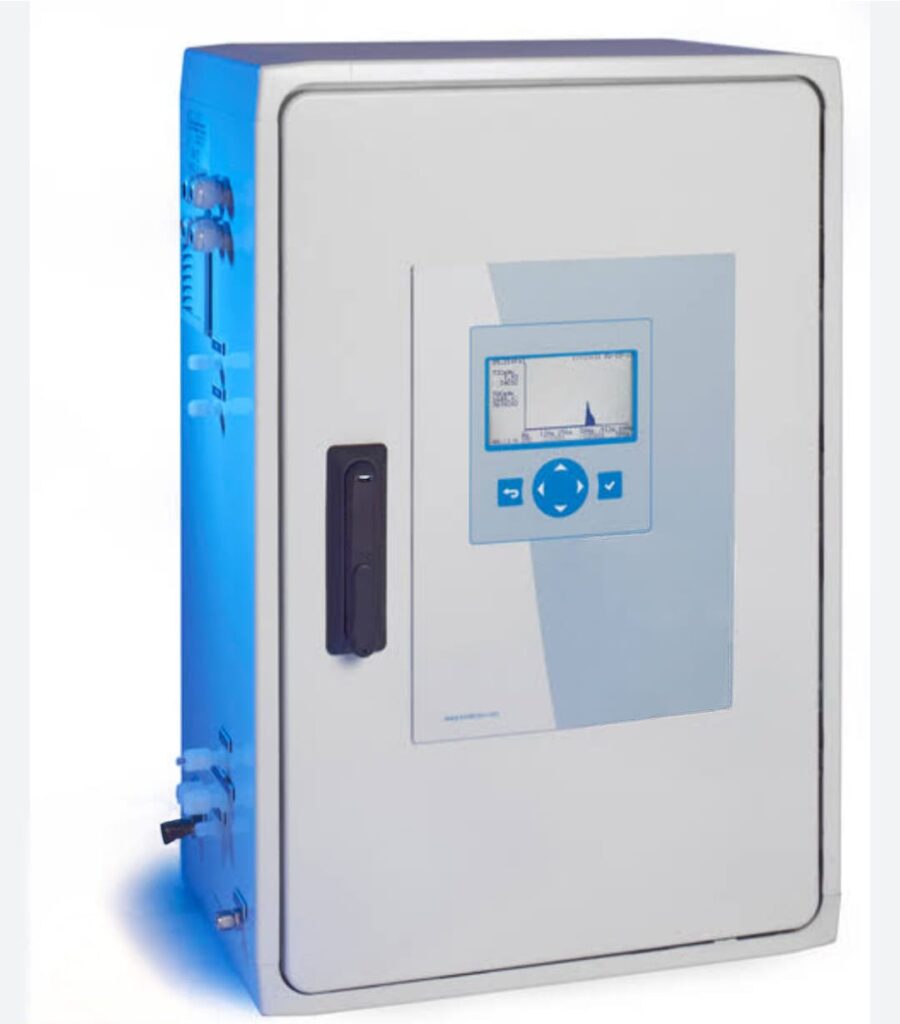
TOC analyzer directly shows the total organic carbon content in water or liquid solutions. It is designed to make testing easier, reproducible and accurate. TOC analyzers maximize both sensitivity and productivity, making them the ideal choice for monitoring in wide range of aqueous samples.
Compact design for TOC saves bench top space and also makes TOC an ideal choice for laboratory.
TOC detector with 24 bits data solution extends monitoring range. Controlling system with 32bin processing technology greatly improves performance.
Signal management system of our own patent law which has great advantages of online setting, real-time monitoring, self-testing and flow speed controlling ensure high performance and safe operation.
Weak current system design ensures operation safety.
Turbidity meter
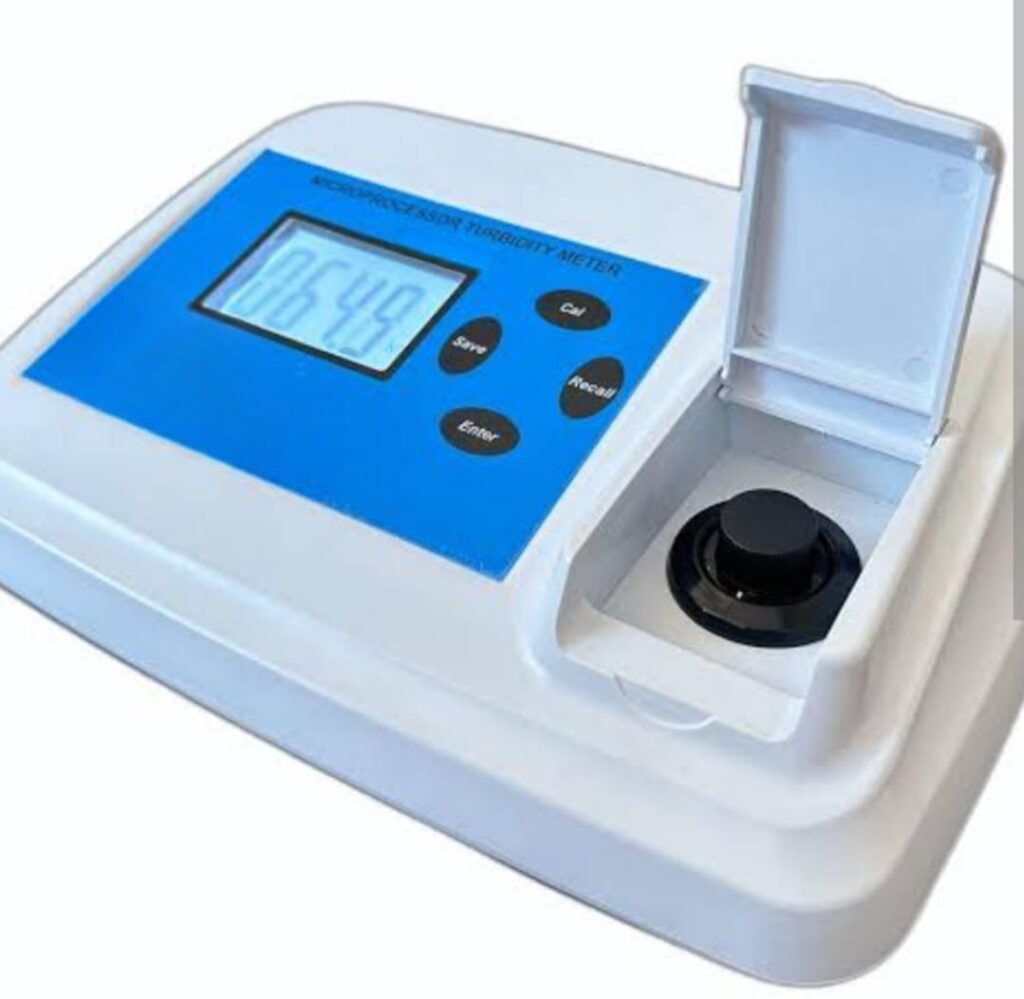
urbidity meter, easy operation, good stability and high precision. Enables fast, accurate and consistent turbidity measurements.
- Accurate reading, LED liquid crystal with backlight, easy operation and high availability.
- Optical System:- The turbidimeter uses a high precision optical system. The measurement principle is based on measuring the scattered light from the infrared light source at 90 ° turbidity.
- Application Range: The turbidity meter can be used for water quality testing, wine industry, drinking water, swimming pool water, pharmaceutical industry, waste water treatment, etc.
With low drift, high precision, circuit system and high efficiency and long life light source can ensure the stability of work for a long time.
Analytical and Precision balance
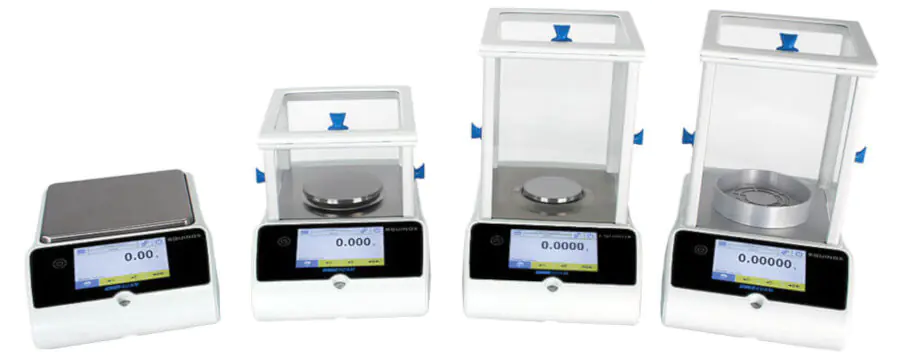
Analytical and Precision Weighing Balance Functions
Most of us have never had the requirement to use more than the basic weighing function of a scale. However, many weighing balances are capable of much more advanced functions which can simplify a variety of complicated tasks. This handy article from Precisa presents an informative summary of some of the main Precision and Analytical Balance Functions, enabling you to get the most out of your weighing balance.
What is a Weighing Balance?
A weighing balance is an instrument that is used to determine the weight or mass of an object. It is available in a wide range of sizes with multiple weighing capacities and is an essential tool in laboratories, commercial kitchens and pharmacies.
What are the Main Weighing Balance Uses?
Balances are generally more sophisticated and precise than scales and are therefore commonly used by professionals for advanced scientific weighing in the following industries:
- Pharmaceutical
- Educational
- Food and beverage
- Chemical
- Industrial
Due to their high precision and advanced technology, precision and analytical balances are used in laboratories to efficiently perform specific tasks such as weighing test materials and sampling amounts, formulation, density determination, purity analysis, quality control testing and material and conformance testing. These analytical balance functions will be explained in detail in this article. Balances with higher capacities are not only used in laboratories but can be used to test larger high-capacity weighing materials such as in construction sites
Moisture Balance
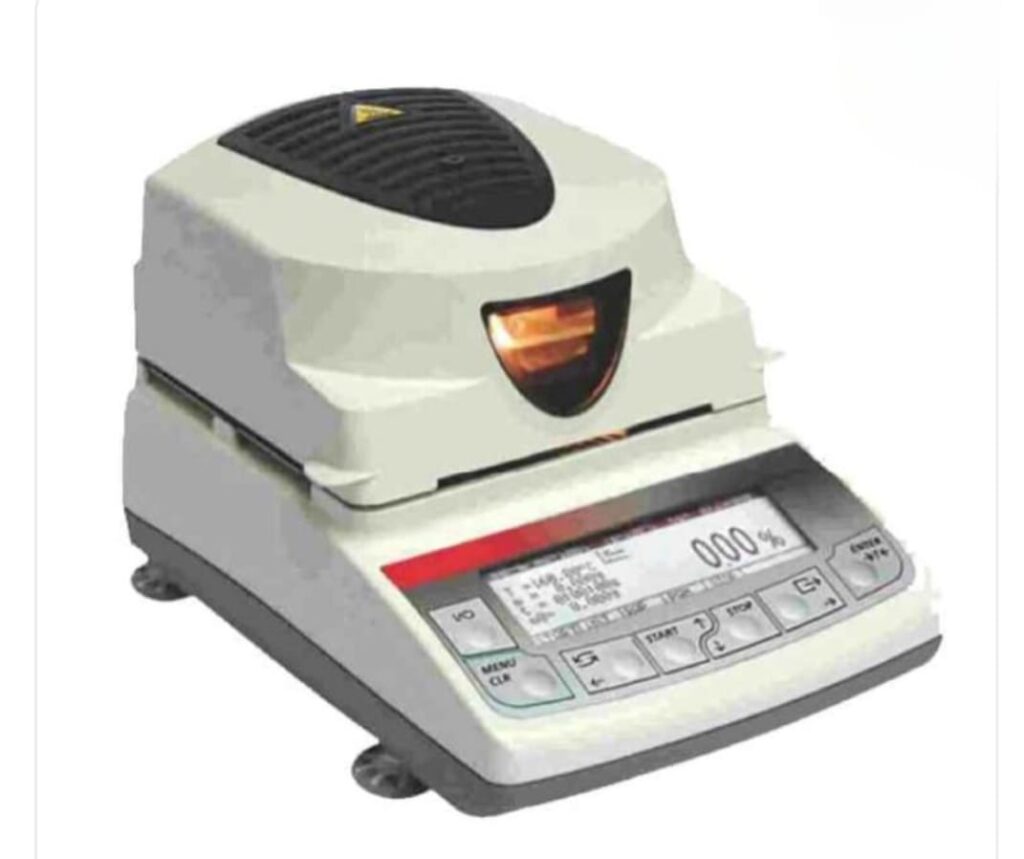
Adopting two microprocessors, one for controlling all functions of the balance and the other for total control of the furnace heat, BEL Engineering came to realize the ideal equipment for moisture determination of raw materials and finished products in the food, cosmetic, dairy, pharmaceutical, chemical, ceramics and construction material industries etc.
The philosophy to adopt two microprocessors in their Moisture Balances enabled BEL Engineering to introduce in the market a product with high performance at competitive cost.
Automatic Titration System
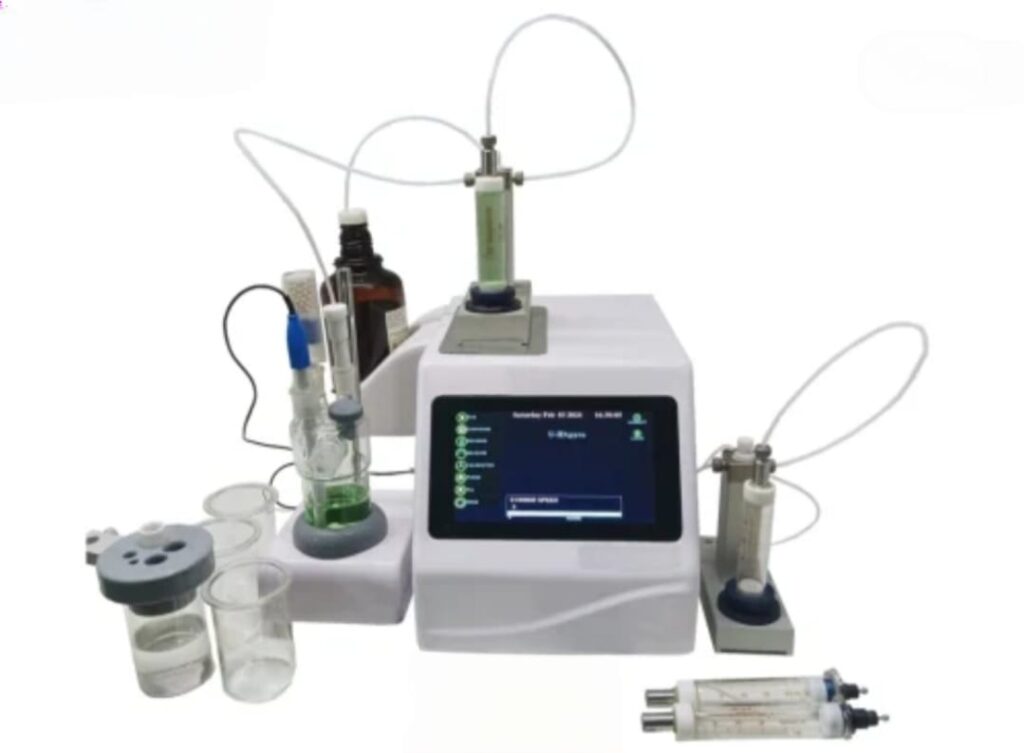
Autotritration is involves automating the traditional titrator so that the titration, results calculation, sample preparation, and sample series analysis. By incorporating an automated system user increase reproducibility and repeatability while simultaneously reducing labor time per sample.
This also eliminates human errors and optimizes operational safety of lab personnel. Titration involves the slow addition of a solution of known concentration to a volume of another solution until a reaction has occurred. Its applications range from chemical analysis to environmental science.
Typically, titrations can be labor intensive depending on the application, however, autotitrators remove the time limiting steps usually associated with this technique. Considerations for your automatic tritrator should be based on sample load, sample type, and degree of throughput.

